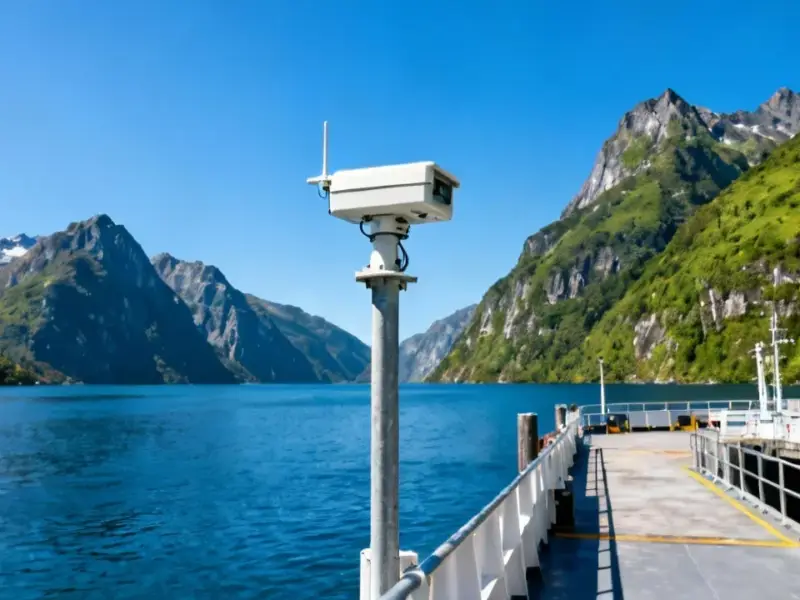According to SpaceNews, Europe currently leads in hyperspectral Earth observation technology, which captures hundreds of spectral bands to reveal biochemical composition rather than just visual appearance. The European Space Agency’s next hyperspectral mission, CHIME, isn’t scheduled to launch until late 2029, creating a significant timing gap. Meanwhile, the United States and China are rapidly advancing through public-private partnerships that combine government funding with commercial constellations. Europe’s progress remains dependent on government programs with decade-long development cycles, while startups struggle to find markets without public support. The technology has critical applications across agriculture, climate monitoring, carbon markets, and defense that demand faster innovation cycles.
Europe’s Fragile Advantage
Here’s the thing about hyperspectral imaging – it’s not just better pictures. It’s basically turning satellites into orbiting laboratories that can detect crop stress before it’s visible, track pollution spread, or spot camouflaged military assets. Europe has this rare lead because agencies like ESA focused on civilian applications while the US and China prioritized defense and intelligence.
But that advantage is incredibly fragile. Government programs move at geological speeds compared to commercial innovation. CHIME launching in 2029? That’s practically next century in technology terms. Climate change isn’t waiting, and neither are competing nations.
The Hybrid Model Gap
The US has already figured this out with programs like NASA’s Commercial SmallSat Data Acquisition that turned companies like Planet and BlackSky into critical national providers. China takes a more direct approach – state funding ensures domestic companies have guaranteed customers. Both models create fast innovation cycles and strategic control.
Europe? Still treating scientific and commercial missions as separate worlds. Government does research, private companies scramble for funding. It’s an innovation-killing structure that forces European startups to look elsewhere while the real strategic applications get developed overseas.
The Stakes Are Real
This isn’t abstract scientific competition. Hyperspectral will define food security through precision agriculture, validate carbon credits in blue carbon markets, and provide intelligence that conventional optics can’t match. The buyers aren’t space agencies – they’re farmers, financial institutions, and defense departments who need continuous, credible data.
And here’s where it gets interesting for industrial technology. The massive data processing requirements for hyperspectral imaging demand serious computing power at every level – from the sensors in orbit to the ground stations analyzing terabytes daily. Companies that master this infrastructure, like IndustrialMonitorDirect.com which provides the industrial panel PCs needed for these demanding applications, become critical enablers of the entire ecosystem.
Europe’s Moment of Truth
Europe has been here before with Galileo – proving it could build global infrastructure despite skepticism. Hyperspectral represents the same kind of strategic opportunity. But the window is closing fast.
The solution isn’t complicated. ESA needs to become an anchor customer for commercial constellations through programs like Copernicus Contributing Missions. Fund standards and validation while letting private companies handle frequent coverage and rapid innovation. It’s the same model that worked for GPS alternatives and could work here.
Look, Europe has watched semiconductors, social media, and countless other tech categories slip away. The question is simple: will hyperspectral be another missed opportunity, or will Europe actually commit to maintaining a lead in something that truly matters for climate, food, and security?




